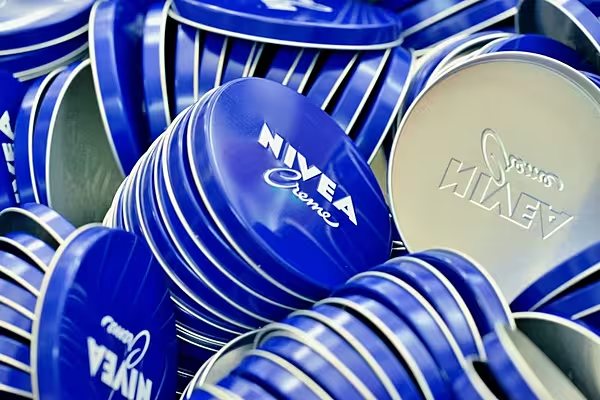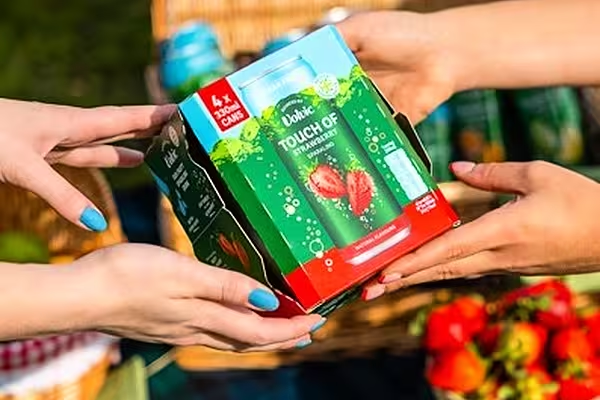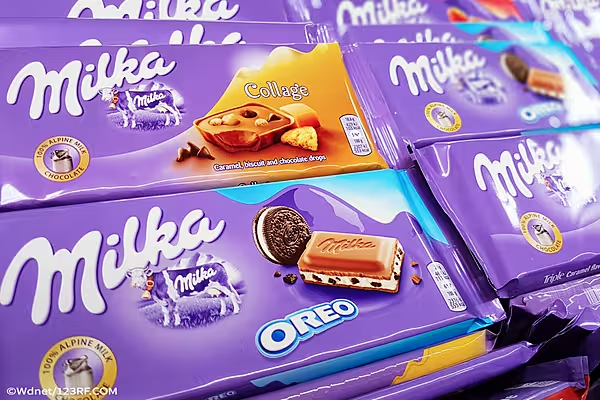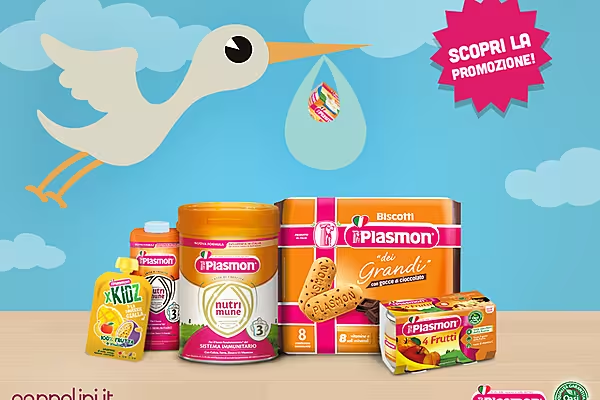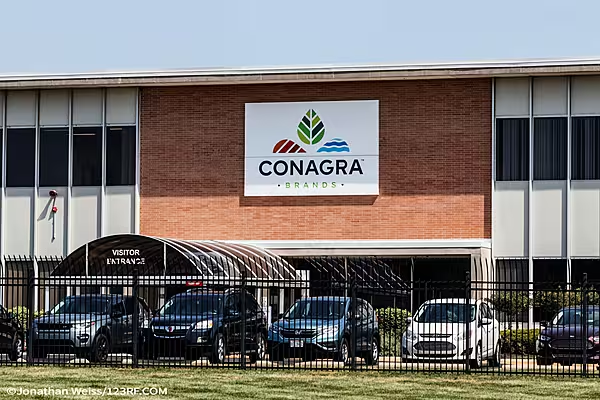Beiersdorf on Tuesday (7 August) raised its 2018 sales guidance to 5% from 4% after reporting faster-than-expected organic sales growth for the first half on the back of a rebound in its Nivea skincare range from a weak start to the year.
But the company's shares fell after it kept its profit guidance unchanged because of headwinds from raw material prices in the second half.
"FY sales guidance is being lifted, but consensus is already there, while margin guidance implies a modest downgrade," Martin Deboo, an analyst at Jefferies said.
Beiersdorf's shares fell 2.5% to €97.92 by 0717 GMT.
Under Pressure
The shares had come under pressure in June when Beiersdorf said Chief Executive Stefan Heidenreich would step down at the end of 2019, marking a second board resignation at the company this year.
The stock has since recovered and is trading up 6% so far this year.
Under Heidenreich's leadership, Beiersdorf introduced a new Nivea logo, focused on emerging markets, stripped out underperforming lines, and regained market share.
First-half sales, excluding exchange rate effects and acquisitions, rose 7.7 %, compared with analyst consensus for 7% in a Reuters poll as both its consumer products business and its Tesa adhesives business exceeded expectations.
Accelerating Sales
Beiersdorf said sales of its Nivea brand grew 3.5%, recovering from 1.9% in the first quarter, which analysts said had been the slowest rate for three years.
Sales of Nivea deodorant - the brand's biggest category - were dented in the first quarter by a new packaging design and a switch out of old products.
At the company's Tesa division, which makes adhesives for the automotive and electronics industries, sales accelerated to 10.6% in the first half, from 8.5% in the first quarter, powered by particularly strong growth in the Americas.
Tesa accounts for about a fifth of Beiersdorf's sales.
Beiersdorf said group nominal sales growth was 2.8% as negative exchange rates shaved 5.1 percentage points off the sales increase, bringing first-half sales to €3.61 billion ($4.18 billion) versus an average analyst forecast for €3.56 billion.
News by Reuters, edited by Checkout. Click subscribe to sign up for the Checkout print edition.
